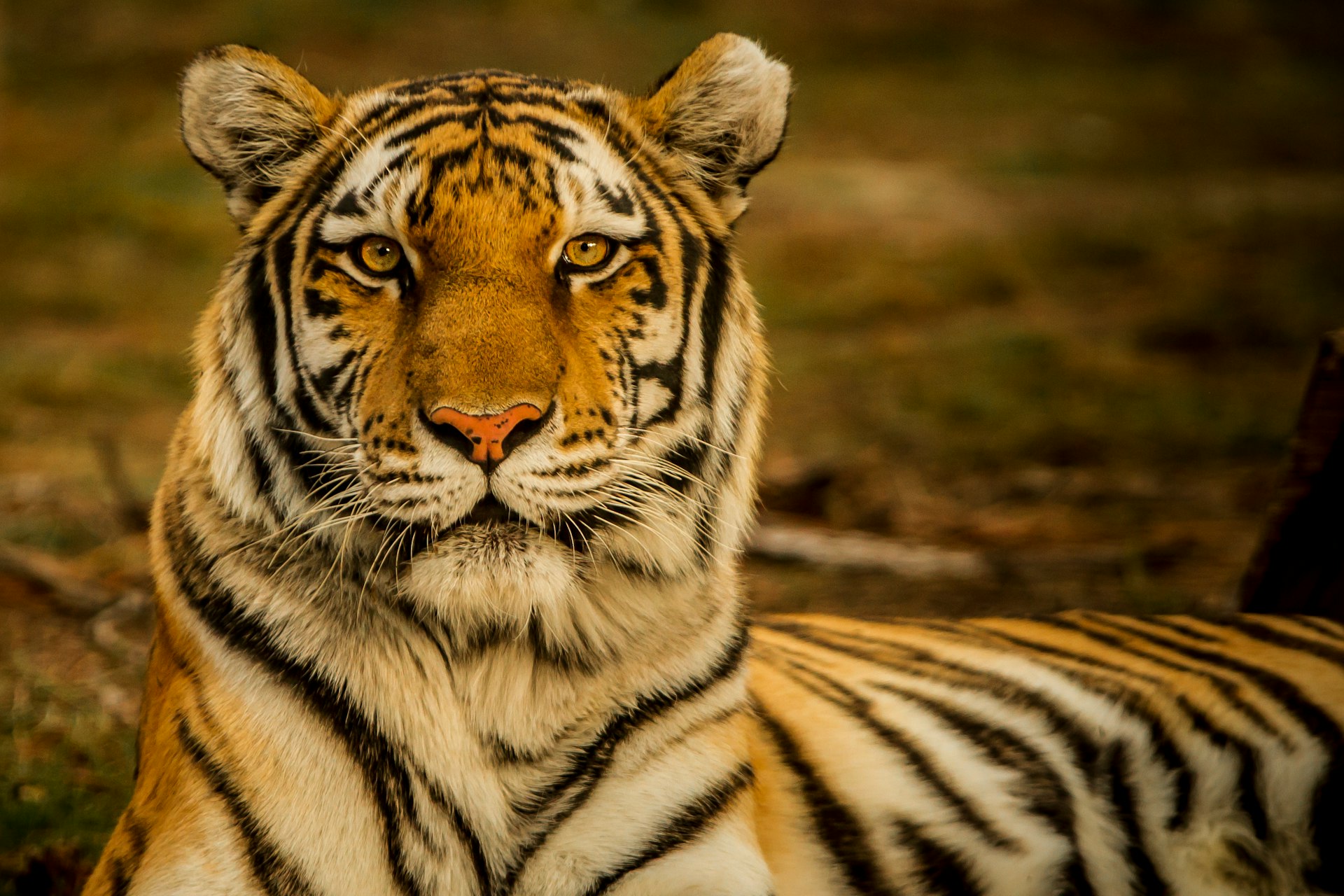The Life of the African Tiger: Myth or Reality?
Tigers are among the most fascinating big cats in the world. However, if you’ve ever heard of an "African Tiger," you might be surprised to learn that tigers do not exist in the wild in Africa! Tigers are native to Asia, primarily found in countries like India, China, Russia, and Southeast Asia. But why do people often talk about African tigers? Let’s explore this interesting topic.

The Myth of the African Tiger
Many people mistakenly believe that tigers roam the African savannas alongside lions, cheetahs, and leopards. This misconception arises from various sources, such as wildlife documentaries, movies, and even safari parks where tigers are kept in captivity in Africa.
Historically, tigers have never been part of Africa’s ecosystem. Instead, the continent is home to the famous “Big Five” predators:
- Lions (Panthera leo)
- Leopards (Panthera pardus)
- Cheetahs (Acinonyx jubatus)
- Hyenas
- African Wild Dogs

Why Aren’t Tigers in Africa?
Millions of years ago, big cats evolved in different parts of the world. While lions and leopards adapted to the African landscape, tigers evolved in Asia, primarily in dense forests and grasslands. Unlike lions, which live in prides, tigers are solitary animals that prefer dense jungles, which are more common in Asia than in Africa.
Tigers in Africa Today
Although tigers do not exist naturally in Africa, they can be found in zoos, wildlife sanctuaries, and private game reserves. Some conservation programs in South Africa have introduced captive-bred tigers to controlled environments for research and tourism.
Conservation Efforts for Tigers
Tigers are classified as endangered, with only about 4,000 left in the wild. Conservation programs focus on:
- Protecting tiger habitats from deforestation
- Preventing poaching for illegal wildlife trade
- Breeding programs to increase tiger populations